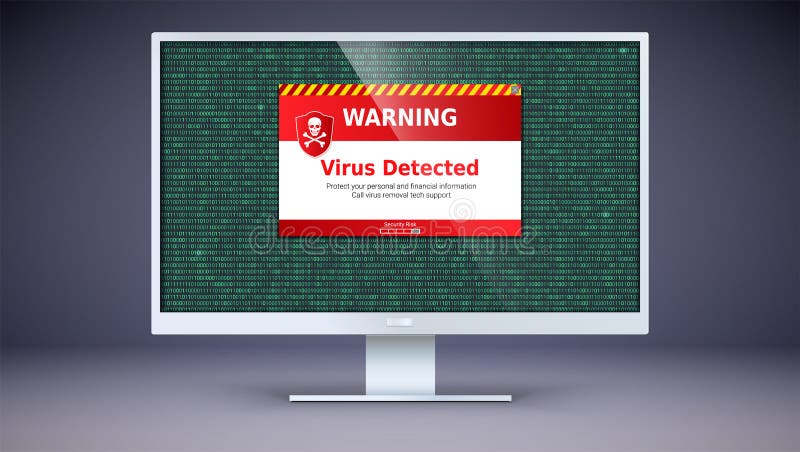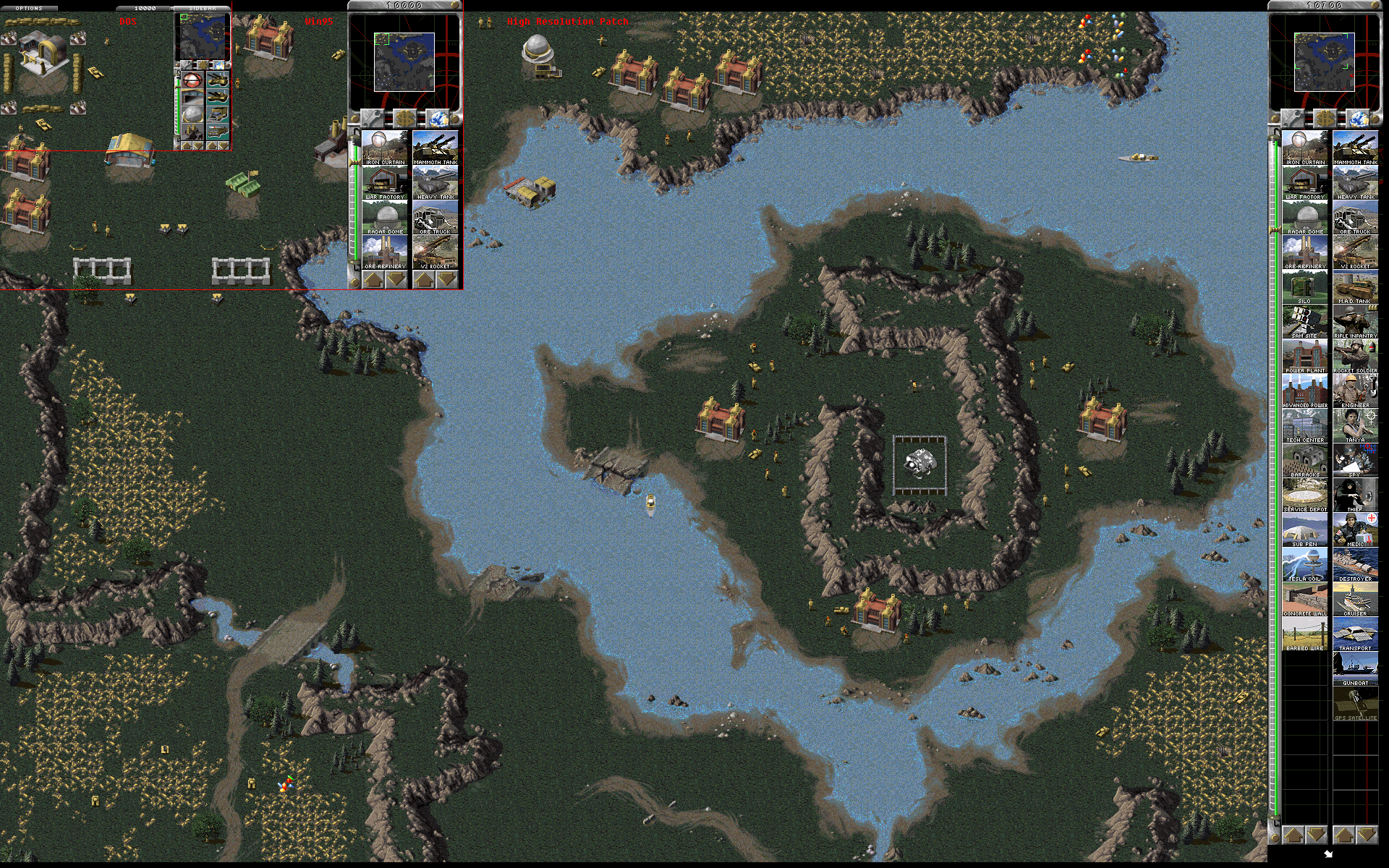

- #Linux system monitor no alert detected install
- #Linux system monitor no alert detected software
- #Linux system monitor no alert detected series
Below is the line you need to add to your query. Now we have everything ready to create the list in Kusto. This is the simplest step but essential if you want accurate results! Just add the following line to your query:
#Linux system monitor no alert detected series
So the output from just this query would look something like this:īefore we create a list or series we need to order the results by the time generated. | summarize EventCount=count() by Computer, bin(TimeGenerated,30m) What the below query will do is filter to only event in the “System” log and then create a count of events for each server in 30 minute aggregates. Step one is to get the data that you want to detect anomalies on. To make this query even more useful we’ll take the list of servers that have had anomalies and chart them by eventid. We want to detect any anomalies where more events than normal happen on a server. We want to look at the number of events occurring on each of our servers in the System event log. I think the best way to show this is to walk through a scenario. Create a new column that detect the anomalies.You need to then create either a list or series before you use the series_decompose_anomalies.You need to pull the data that you want to detect anomalies on.Some of the key things you need to do to utilize this is: But once you’ve built a query a few time using this then it becomes fairly simple. Now I’m not going to lie, the first time I read the above article I came away a little confused. Series_decompose_anomalies() - Azure Data Explorer | Microsoft Docs Kusto has anomaly detection built in using series_decompose_anomalies. Well, that’s where the Kusto query language comes to the rescue. But what if the anomalies you want to detect are not a metric but sit in Application Insights or Log Analytics. Within Azure Monitor we provide a really easy method to alert on Anomalies if they are coming from Metrics ( Creating Alerts with Dynamic Thresholds in Azure Monitor - Azure Monitor | Microsoft Docs). Your data stays at your infrastructure – we don’t get it or store it, and can’t share it or sell it.Detecting anomalies in your data can be a very powerful and desired functionality.

Custom dashboards are supported but not required. The IKEA effect! If you spend time building something, you are going to love it.Įvery single metric is visualized in meaningful, fully automated dashboards.
#Linux system monitor no alert detected software
Speculate what the problem might be, validate these assumptions, usually requiring help from a monitoring expert or data scientist, and hope you are right.Īsk the software to find the needle in the haystack, by correlating metrics and machine learning anomaly rates, to provide an ordered list of metrics related to any spike or dive. You have to learn each and every metric, new query languages, know Data Science basics, and be an expert in all matters.ĭesigned for engineers, to be used immediately after installation. Steep, challenging and sometimes a torture.
#Linux system monitor no alert detected install
Just install Netdata and start using it - it also auto-updates, so you can forget about it.

Usually a lot of moving parts and painfully long preparation process to get everything right, requiring both skills and time. The Netdata Agent needs <2% of the CPU resources on modern hardware and about 150MB of RAM.

Usually agents are slow and sluggish, centralization points do not scale well requiring huge resources. Up to 15 minutes of data collection to visualization latency, 10, 15 or even 60 seconds metrics granularity.ġ-second latency, 1-second granularity, for all metrics, designed for troubleshooting emerging issues in real-time with high-fidelity data.


 0 kommentar(er)
0 kommentar(er)
